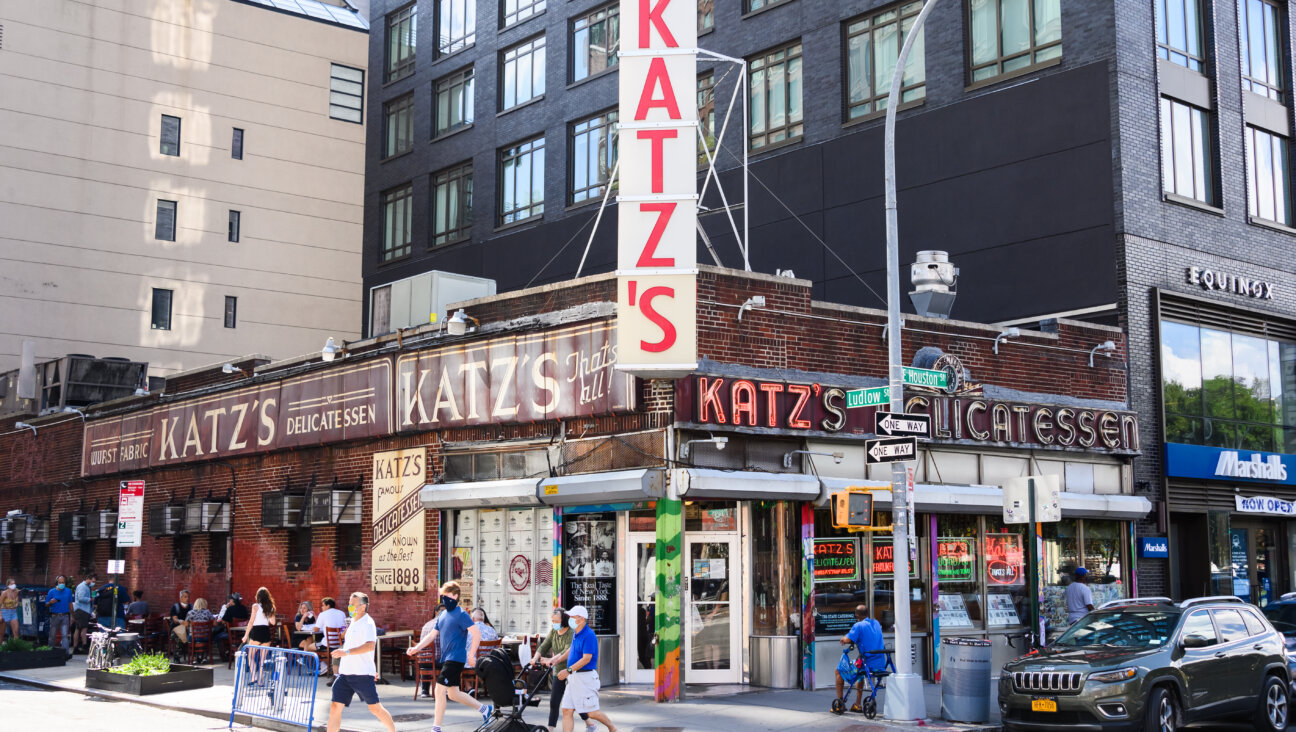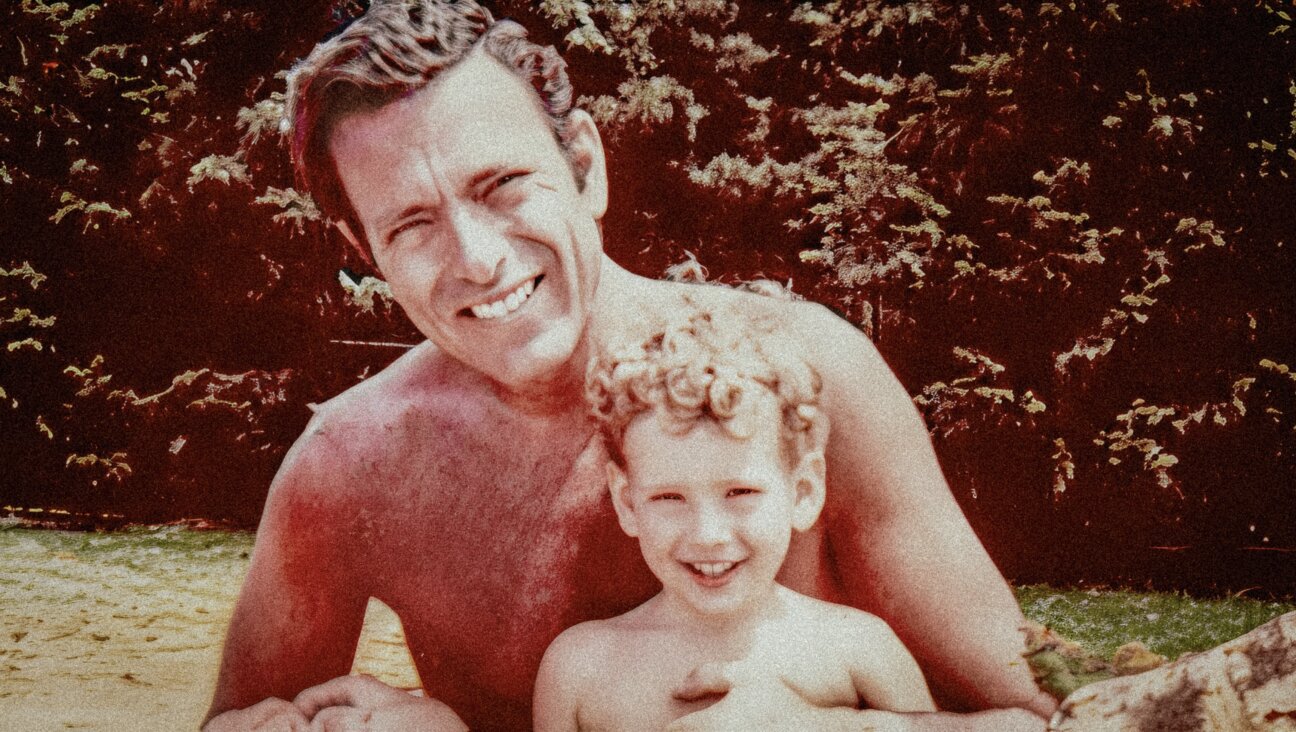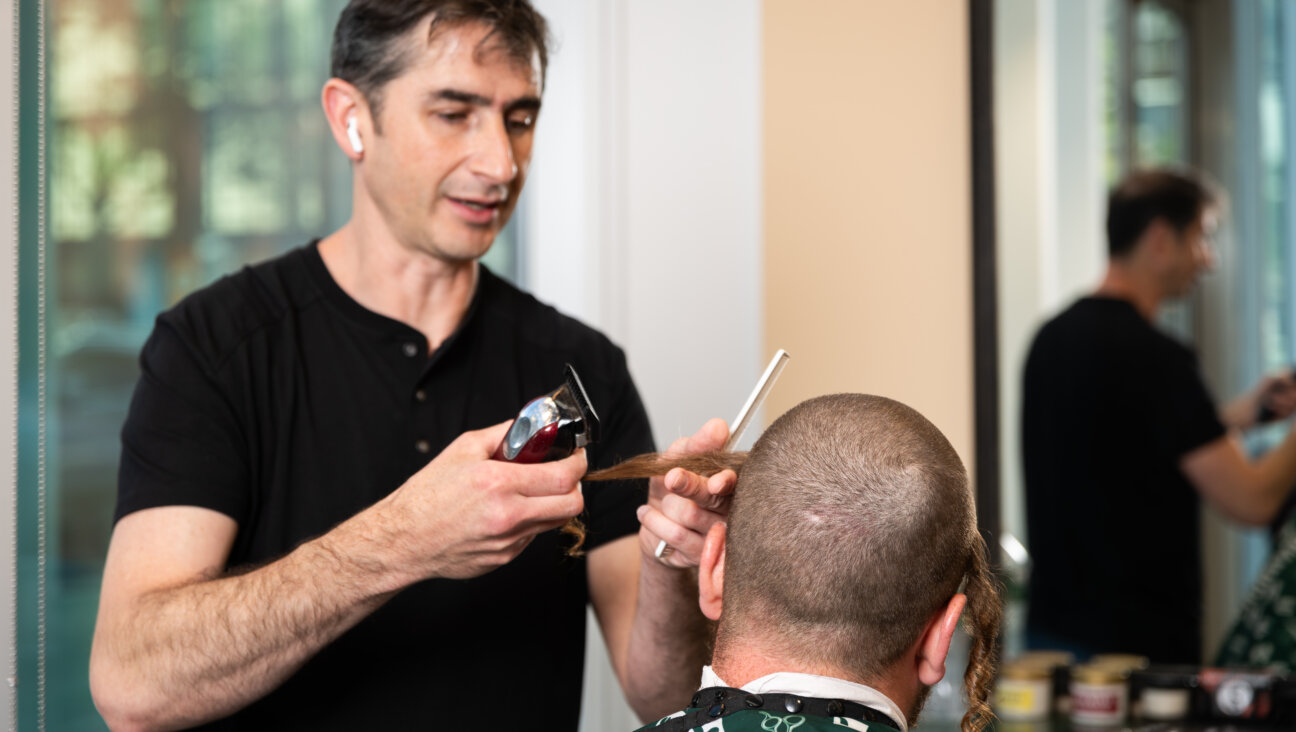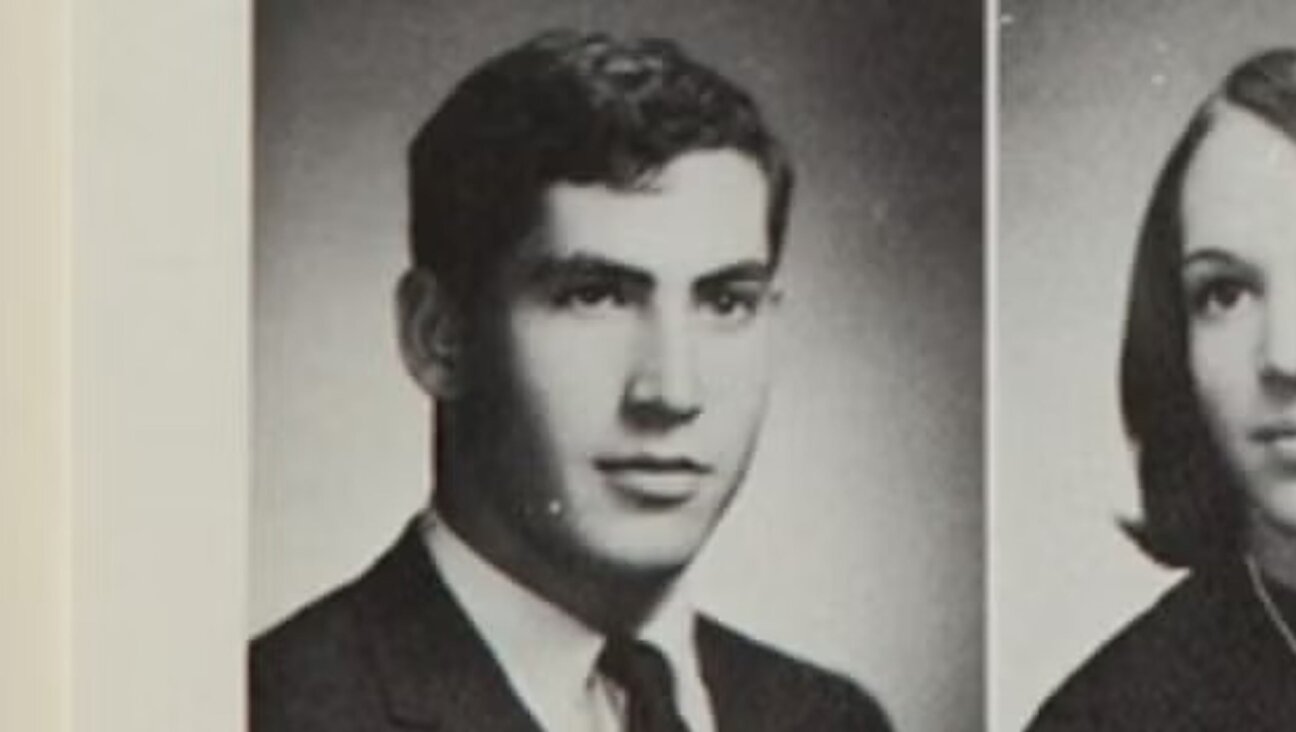Standing Firm Through Moscow’s Building Boom
From Mikhail Khazanov’s cluttered offices in central Moscow, he can see the city come into view as a vibrant and chaotic mosaic. But Khazanov is more than an observer. As one of Moscow’s premier architects, his projects have shaped the urban fabric of the place where he has lived and worked all his life.
His current projects consist of the complete overhaul of the famed Bolshoi Theater as well as the new building of the Moscow mayoralty and city administration, and part of the futuristic National Center of Contemporary Art, Khazanov’s last completed design, which opened last fall to great acclaim.
And he has accomplished all this on a changed landscape. Today’s Moscow is at the epicenter of an unprecedented construction boom. With the slackening of construction in Berlin and the increasing obstacles encountered in China, Moscow is emerging as a prime destination for some of the world’s leading architects. Khazanov — a Jewish architect in a field not historically receptive to Jews — is among the few Russian masters who not only held their ground but also have developed a distinct stylistic approach that is at stark contrast with the formulaic designs often favored by city officials.
“I do not oppose transformation and novelty, but I advocate a delicate approach to building in a historical center,” he said during a recent interview with the Forward. “Every stone that bears the stamp of time has an overriding, almost mystical importance. Nothing should be done that impairs the image of a city.”
The architectural profession in Russia was never especially friendly to Jews. But the Russian Revolution of 1917 brought Jewish artists and architects to the forefront of the sweeping social and aesthetic transformation. Architects ranging from Lazar Lissitzky to Boris Iofan played key roles in formulating design ideas in the first decades of the Soviet period.
Interestingly, Khazanov comes from a distinguished family long involved with the cultural life of Moscow and Russia as a whole. Ephraim Loiter, his maternal grandfather, was one of the more prominent Jewish figures of post-revolutionary Russia. Along with his brother, Naum, Loiter played a leading role in fostering the Jewish theatrical tradition. In 1925 he founded the State Jewish Theater in Kharkov and later served as the art director of a similar institution in Odessa. Khazanov’s paternal grandfather, Boris Khazanov, was a notable Moscow jurist who was shot during the worst of Stalin’s purges.
“Our family suffered, but no more than any other Russian family,” Khazanov said. “At that time, you were either the executioner or the executed. There was hardly a middle ground.”
Although Jewish architects from Louis Kahn to Daniel Libeskind have already entered the contemporary architectural canon in the West, Khazanov is unsure about the manifestation of Jewish identity in architecture. “The mission of the Jewish people, if there is one, is to act as cultural mediators, bridging disparate national traditions and ways of life,” he said.
Khazanov seems to have taken this on as a personal mission. In mid-1970s and early ’80s, he was associated with a group of dissident architects known in Russia as the “paper architecture” movement, which sought to counter the stifling atmosphere within the Soviet establishment. Starting in the mid-1970s, these disaffected younger architects began participating in, and winning, major international competitions. In 1976 Khazanov and a team of partners won the first prize at the Theater for Future Generations contest in Paris. (This design later served as the basis of Khazanov’s winning scheme for the Bolshoi Theater reconstruction.)
Khazanov is one of the few “paper architects” who made a transition to successful practice. In recent years he has been able to bridge this nonconformist background with a forceful style that has won the attention of critics and key decision-makers in Moscow.
These accomplishments place Khazanov in a group of elite architects involved in the transformation of Moscow’s built environment. Yet Khazanov as a person combines this fervor and ambition with a caring regard for his family. His architect father and his mother, a prominent historian of Russian art and architecture, have shaped his professional instincts.
Khazanov conceives of his many projects as an effort to reclaim part of Russia’s early 20th-century artistic heritage on behalf of modern Russian culture. Countless visionary designs of the 1920s and ’30s were never realized, so Khazanov’s marriage of ideals with a dose of pragmatism could strike just the right note in today’s Moscow.
This elusive combination was evident in his last completed project for the National Center of Contemporary Art — transforming an old factory building into an animated, evocative structure. “What we tried to convey there,” Khazanov said, “is the idea of fluidity and variation in architecture, where design is adaptable but purposeful, steadily engaged with the surroundings.”
Paul Abelsky is a freelance writer based in St Petersburg, Russia. He has written for The Baltimore Sun, Architectural Record and A10.



















